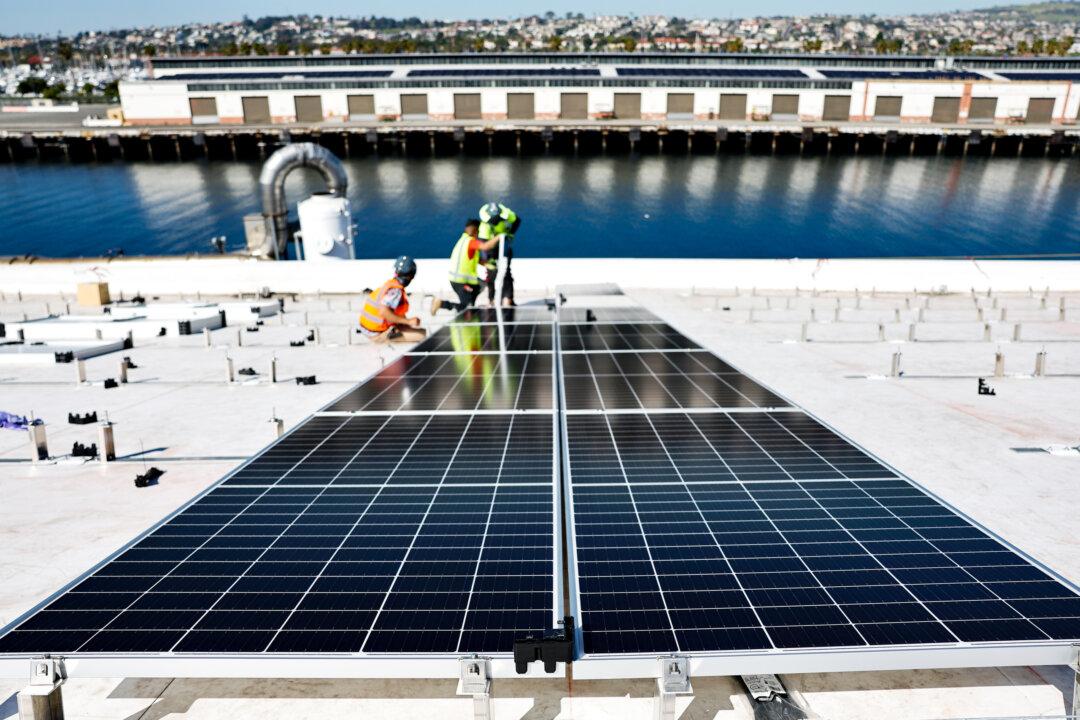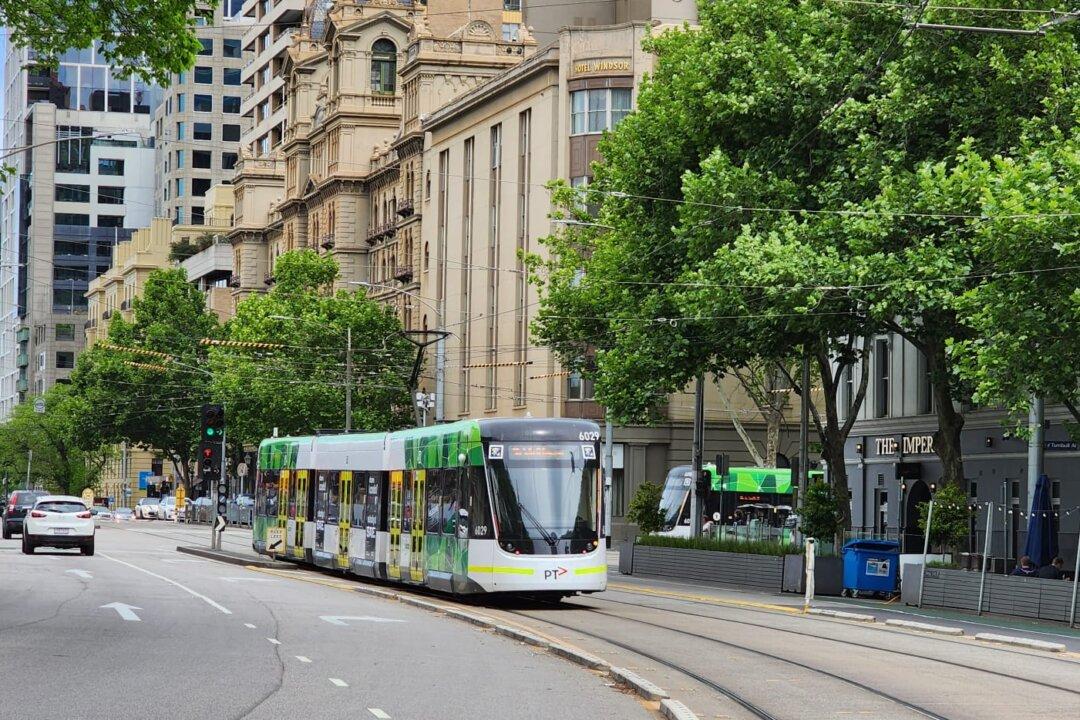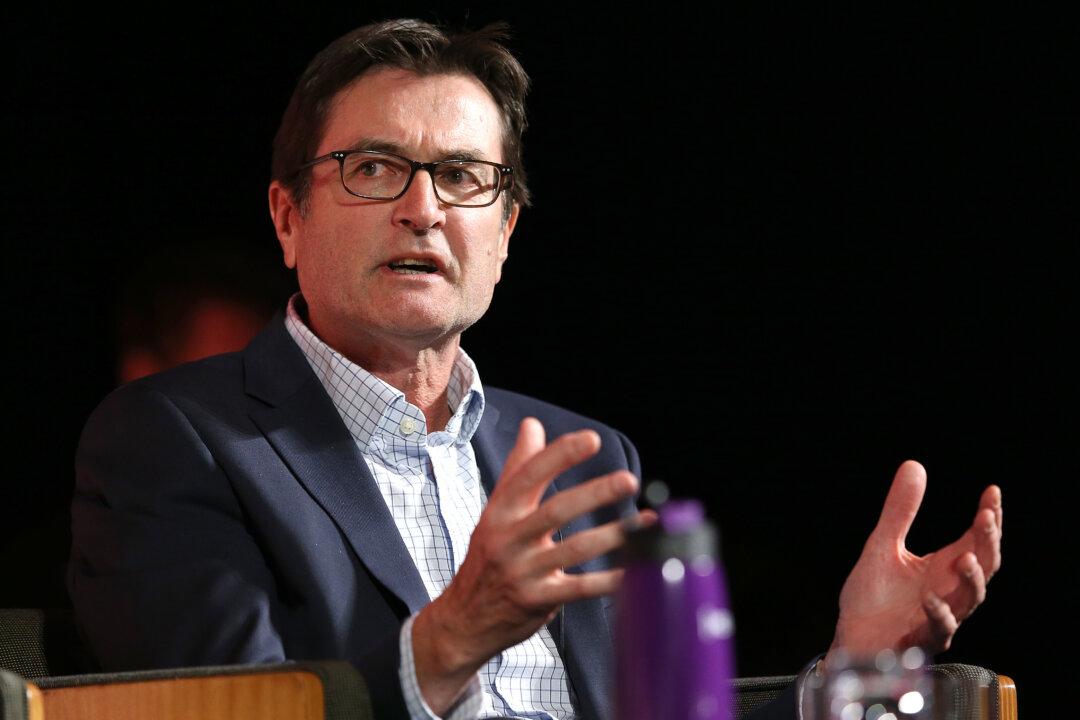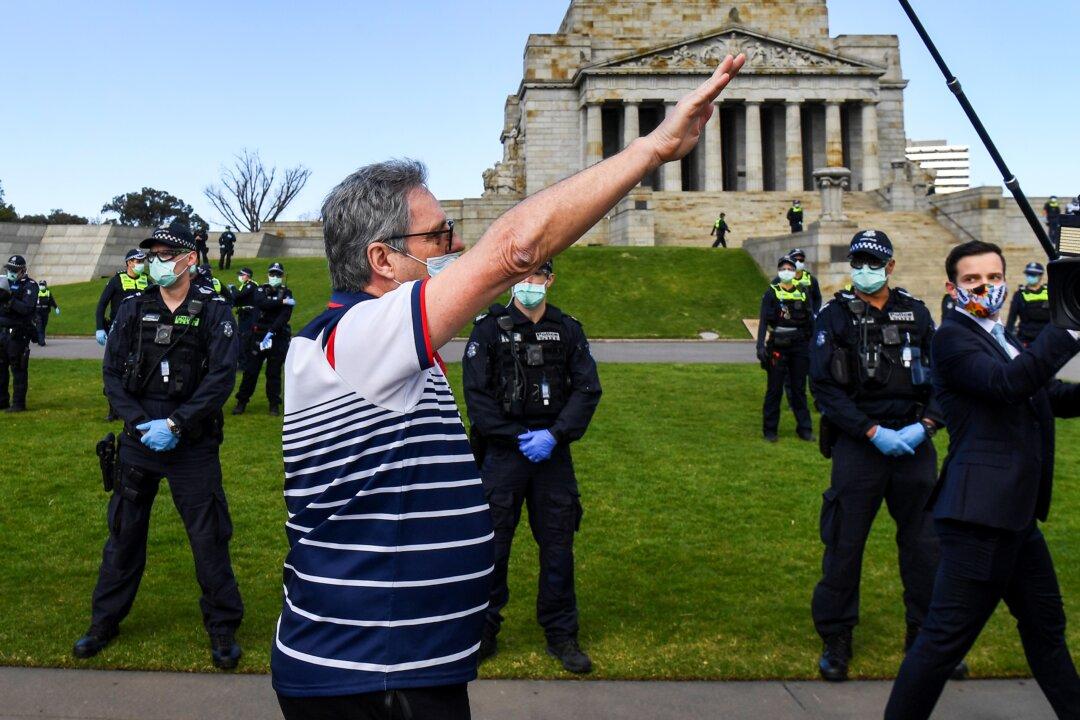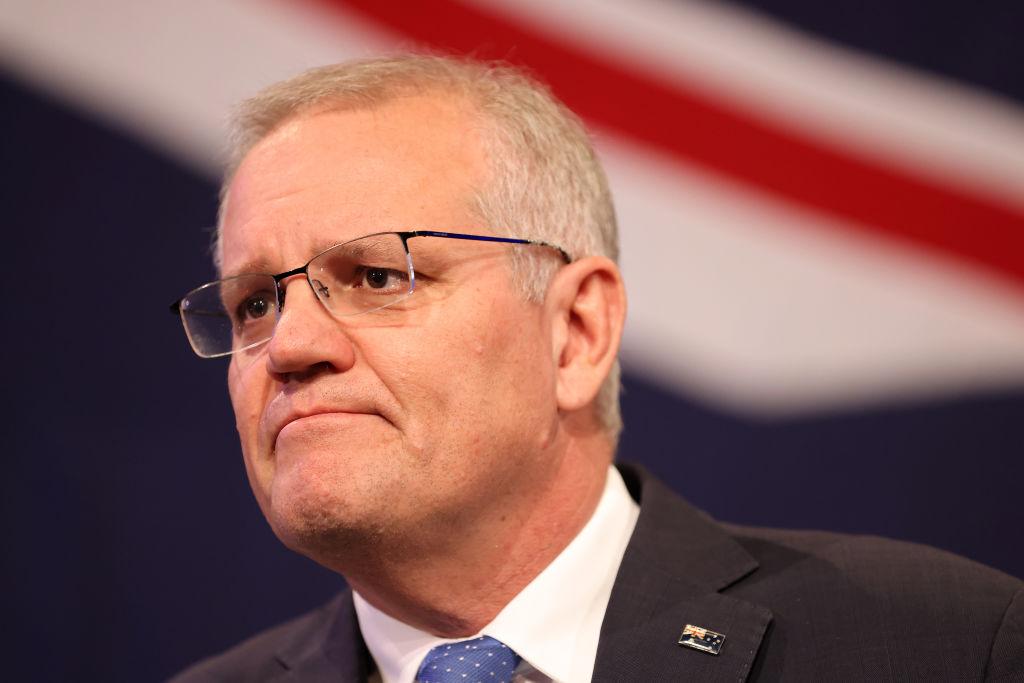The latest report released by the Australian Energy Market Operator (AEMO) claims the injection of renewables into Australia’s energy grid has pushed National Energy Market (NEM) prices down to “historical levels.”
The operator’s most recent Quarterly Energy Dynamics report shows that wholesale electricity prices averaged $63 per megawatt-hour (MWh) in the September quarter, down 71 percent from Q3 2022 ($216/MWh).
